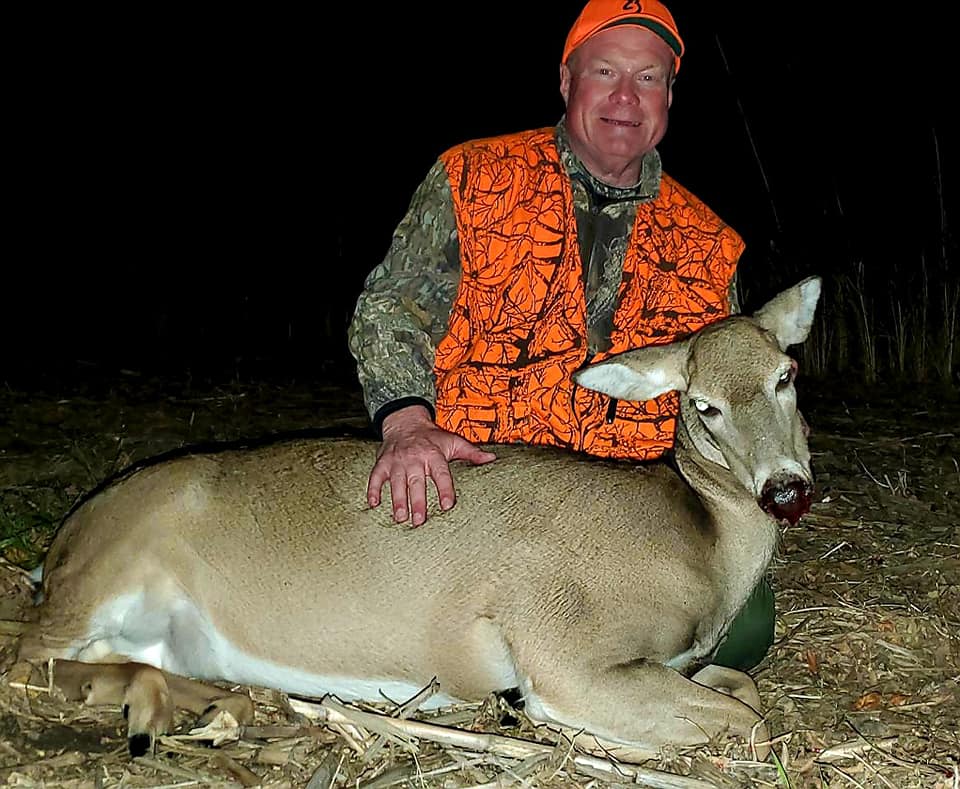“Wow, we CAN make a change and help the animals!” – I still vividly remember my first reaction to watching a TV documentary on rehabilitating the Amur (Siberian) tiger population by capturing them and encouraging the mating of the remaining tigers in the area. I was fascinated, and so the wildlife rehabilitation/ refuge projects are what drew my attention to the “conservation” and essentially brought me to choose this FYS. I was excited to find out that the Adirondacks also had its own wildlife refuge, but also shocked to find out it has been temporarily closed.
The Adirondack Wildlife Refuge, run by Steve and Wendy Hall, plays a crucial role and contributes to the conservation of the Adirondack’s “wilderness” as a whole. Although it recently has been forced to close due to several violations of the laws and regulations, the Department of Environmental Conservation should recognise the necessity of having wildlife refuge such as AWR to maintain the healthy Adirondack’s ecosystem in the long-term.

The rehabilitation centers/ refuges of wildlife are critical to the conservation of the entire ecosystem because they help protect its biodiversity. Ecosystems with high biodiversity are generally more stable and healthier, meaning that they are more resilient after the disturbances. Moreover, as listed as one of the Adirondack Wildlife Refuge’s goal, “Wildlife Rescue, Rehab and Release, as well as Public Education,” refuges often function as an education opportunity.
Therefore, facilities like AWR is so important to the area that both values and depends on wilderness like the Adirondacks. However, the refuge came to a close due to the issues such as the inappropriate and insufficient management of the animals, repeated violations of state and federal laws, regulations and licence conditions (Gwendolyn, 2021). These violations have been confirmed for several years, including the time when the two bears have escaped in 2019 and 2021, which shows their lack of intentions to improve and follow the regulations.
In response to the consequence that DEC has finally brought earlier this month, Steve wrote “The DEC always claims that they are protecting the public and the animals, but the real result of forcing us to rehome the wolves, bears, etc. has been the loss of a key educational center for students, as well as an economic benefit to High Peaks hotels, restaurants and other merchants” (Gwendolyn, 2021).
Overall, I think the violations of the Halls must be fairly penalised and they must acknowledge the damage they have done to both the community around and the animals in the refuge. However, I also believe that the DEC must give much more careful consideration. For example, Ahote, a black bear the Halls raised since she was a cub, died after arriving at Maine Wildlife Park, following the closing of the refuge, due to “capture myopathy.” Such non-infectious disease is caused by stress, often seen in relocated/captured animals. Many more deaths across different species after relocation from their “home” in the Adirondacks were confirmed – the harm it does to the animals is evident.

From the case of the Adirondack Wildlife Refuge, we can learn the immense importance of co-operation between non-governmental and governmental organisations in order to be “successful” in conservation. Furthermore, it also highlights the room for improvements for the DEC to take a more considerate action, for example, and the significance of the constant reminder of who/ what we are doing these conservation efforts for.
I mean, what’s the whole point of all this “conservation” thing, if we are killing the animals we are supposed to protect for human’s convenience – right?
Citations:
Gwendolyn, Craig. “Embattled Adirondack Wildlife Refuge Relocates Its Animals.” Adirondack Explorer, 6 Nov. 2021, https://www.adirondackexplorer.org/stories/refuge-animals.
Hall, Steve, and Wendy Hall. “Adirondack Wildlife Refuge.” Index, http://adirondackwildlife.org/.











